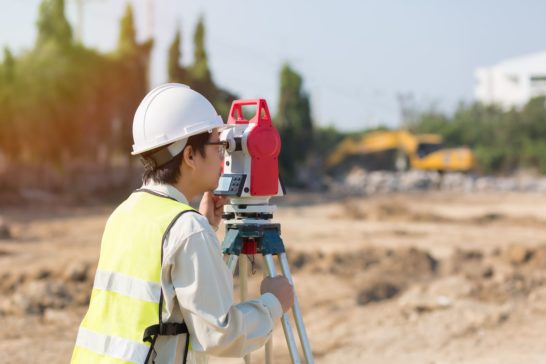Civil Engineering Consultants Work Hand in Hand with the USACE to Serve the City
New Orleans was unprepared for the massive flooding that Hurricane Katrina unleashed in 2005. While the city already had an existing Hurricane and Storm Damage Risk Reduction System (HSDRRS), its pump stations and levees were unable to handle the onslaught of heavy flood. More than 80% of the city was submerged, and a huge portion of this were in residential areas.
Emergency relief and aid were immediately dispatched to NOLA, and thousands of families were relocated and brought to safety. However, even days after the disaster, the issue of effectively managing the flood waters loomed over everyone’s heads.
Task Force Guardian
The US Army Corps of Engineers (USACE) launched Task Force Guardian in the aftermath of Hurricane Katrina. Part of their mission is to get the HSDRRS up and running once more, to rid urban areas of damaging flood waters, and to restore NOLA’s infrastructures and make them more resilient against storm damage.
With help from civil engineering consultants from local companies and foreign firms, the teams behind Task Force Guardian were able to fix broken levees and pump out billions of gallons of water away from the residential areas. The efforts to restore the levees alone needed around $14 billion in funding, but experts say these implementations were worth it. Even when Hurricane Isaac struck the locality in August 2012, these structures held strong. But the job is far from done.
Efforts Towards the Future
At present, a continuous list of tasks are being delegated to the USACE, the New Orleans Sewerage and Water Board (S&WB, and civil engineers from both the private and public sectors. These collaborations and extensive studies allowed the teams to learn from mistakes of the past and to identify the causes of levee failure in NOLA.
Included in the USACE mission is the development and massive upgrade of minor and major pumping stations serving Lake Pontchartrain and New Orleans. Pump stations on arteries like 17th Street, Orleans Street, and Canal Street were given more than $640 million in budget for rebuilding and improvement. As the project foresees completion in late 2017, these stations will be able to safely and effectively channel hundreds of thousands of gallons of stormwater away from commercial and residential areas.
The S&WB also used the expertise of structural engineers to finalize drainage maps that will quickly and safely manage the flow of water. Many of the city’s existing sewer and pipelines need to be replaced, and a large portion of roads and sidewalks have to be repaved.
Hazard Mitigation
Beyond repairs, structural and civil engineers offer support for the USACE and the S&WB by being the eyes and ears of all the projects. They constantly perform inspections to determine if existing structures are being built to standard. In addition, civil engineers provide services to evaluate walkways and bridges in these facilities, guaranteeing that they are safe enough for all people to use. They also check the safety of other major structures, from the pumps, pipes, floodgates and levees, and regularly inspect them for damage or signs of weakness.
In line with the ongoing upgrades for the city’s pump stations, power plants are also being upgraded to ensure adequate power supply to them. Hazard mitigation action plans are put into play so that no power shortage will occur, and the systems will not fail even at the peak of critical operation. With all these brilliant efforts, the USACE guarantees the city will be more than ready to face any storm or flood.
Indeed, civil engineers are integral not only in building the backbone of the city, but also in protecting it and helping it rise anew.
Sources:
New Orleans District – US Army Corps of Engineers, MVN.USACE.Army.mil
New Orleans $14 Billion Levee System Holds for Now, MarketPlace.org












